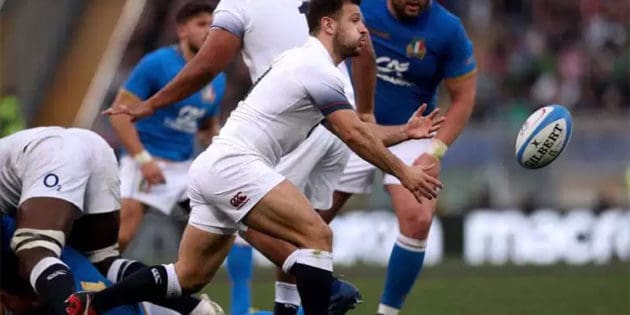
In 1995, rugby union went professional. This changed the game drastically, with players now able to give up their day jobs and devote all of their time to the sport (and get paid for it). With players now able to train around the clock, the standards shot up and so did the quality of the game. To compensate for this, many rules have evolved and developed to bring us the game we know and enjoy now.
Let’s take a look at some of these changes:
Tournaments
With players now with more time to devote to the sport and increased television screening demand, it was inevitable that more tournaments would be added to the roster.
Tri-Nations Cup/The Rugby Championship Cup
In 1996 Australia, New Zealand and South Africa decided to hold a contest every year in the style of the Northern hemisphere’s Six Nations (Five Nations at the time) tournament. This eventually became known as The Rugby Championship in 2012 after the addition of Argentina to the tournament.
European Rugby Champions Cup
No time was wasted in starting a tournament for the best European premiership teams to pit against each other and to go on to win the European Champions Cup, or the Heineken Cup as it was known in its inaugural year of 1995 up until 2014.
Addition of TMOs
The Television Match Official, or TMO was first employed in a very limited manner in 1995, the same year rugby went professional. But it didn’t take off until the early 2000s and has faced criticism since its introduction. TMOs are now a staple part of any rugby match having vastly improved since their inception.
Substitutions
In 1996 tactical substitutions were allowed of up to three, changing the dynamic of the game. This later increased to six, and even later increased again to its current rule of up to eight. This changed the way the game was played, with fresh talent coming off the bench really changing the dynamic of the game.
Rugby Sevens
Rugby union’s turn to professionalism opened the door for its other formats to also develop. Sevens is one such format, with its inclusion into the Commonwealth Games in 1998, the establishment of the Rugby Sevens series in 1999 and its inclusion into the Olympic Games in 2016 – introducing the world to a more accessible form of rugby.
Player Safety
Some of the biggest changes to happen to rugby in the professional era are around rules related to player safety. One such change is the banning of a one-arm wrap below the neck from 2017 to discourage ‘seatbelt’ style tackles. And any contact to the head, intentional or not, is taken more seriously and now risks a red card to curb concussion-related injuries.
More Change to Come
Like many sports, rugby union has gone through many changes over the years and this didn’t stop with the shift to professionalism. A lot of changes since 1995 have been exciting – adding new tournaments, formats and features, some welcomed by fans, some stirring controversy. Nonetheless, the sport continues to grow and adapt to both rugby fans and player welfare – it is these changes that keep us watching!




